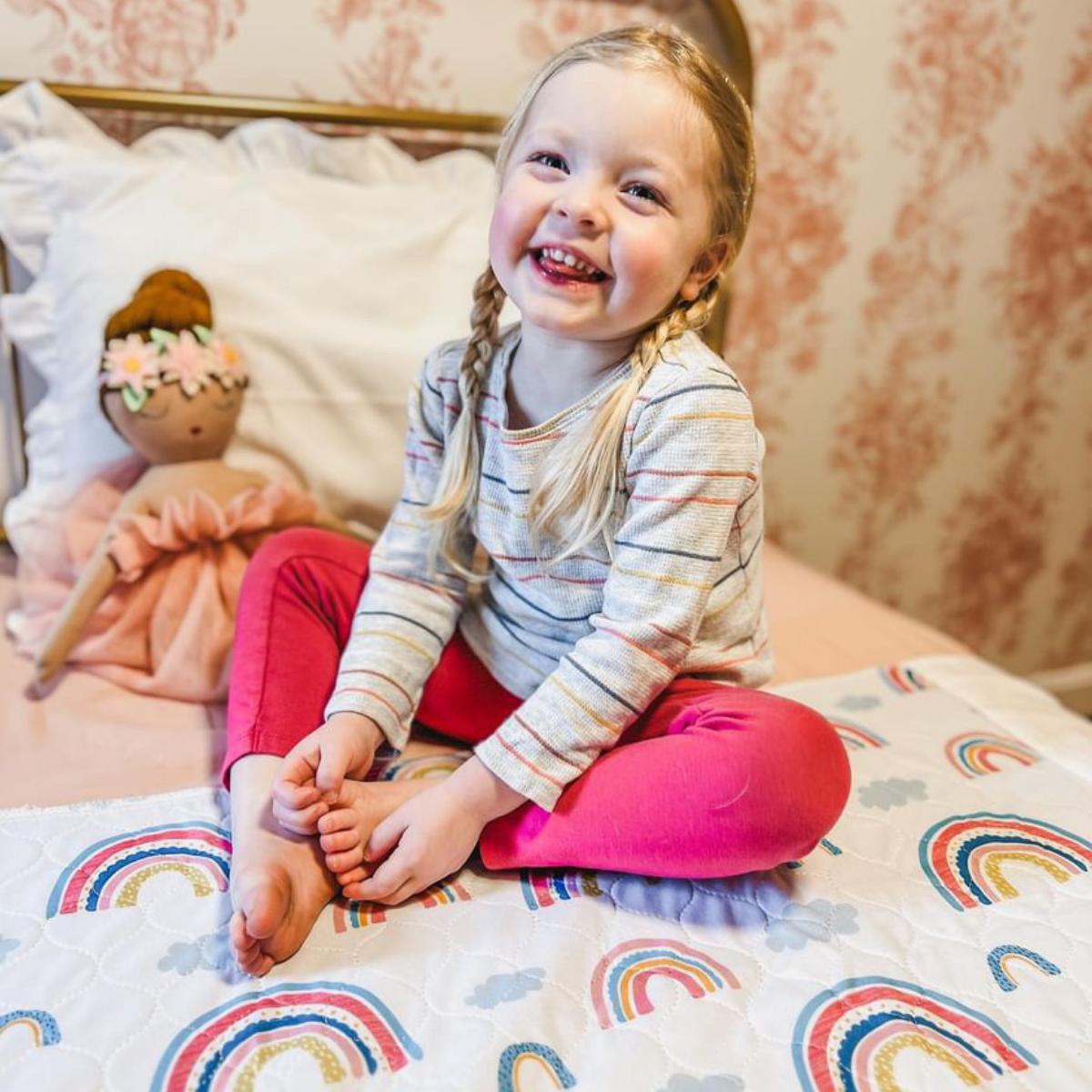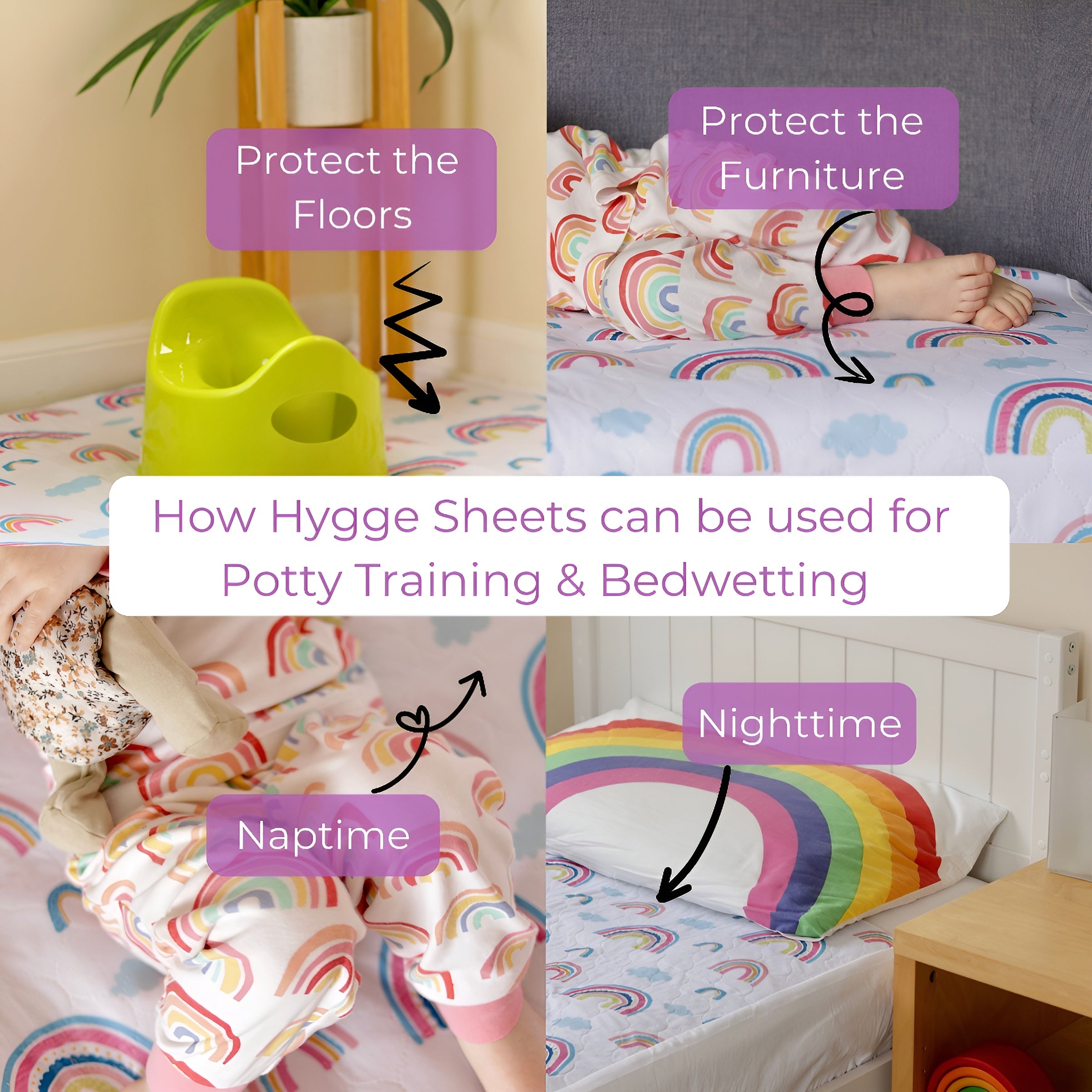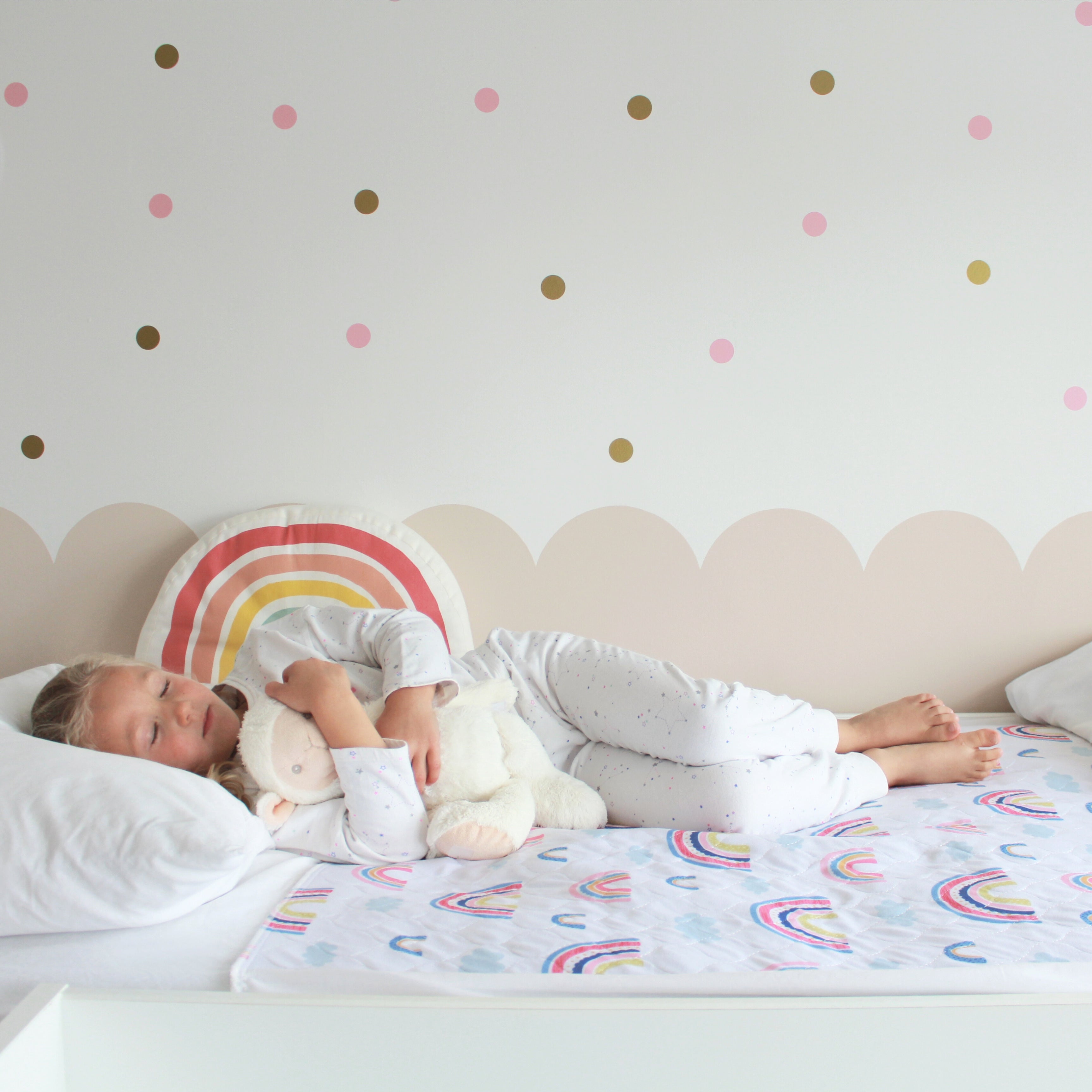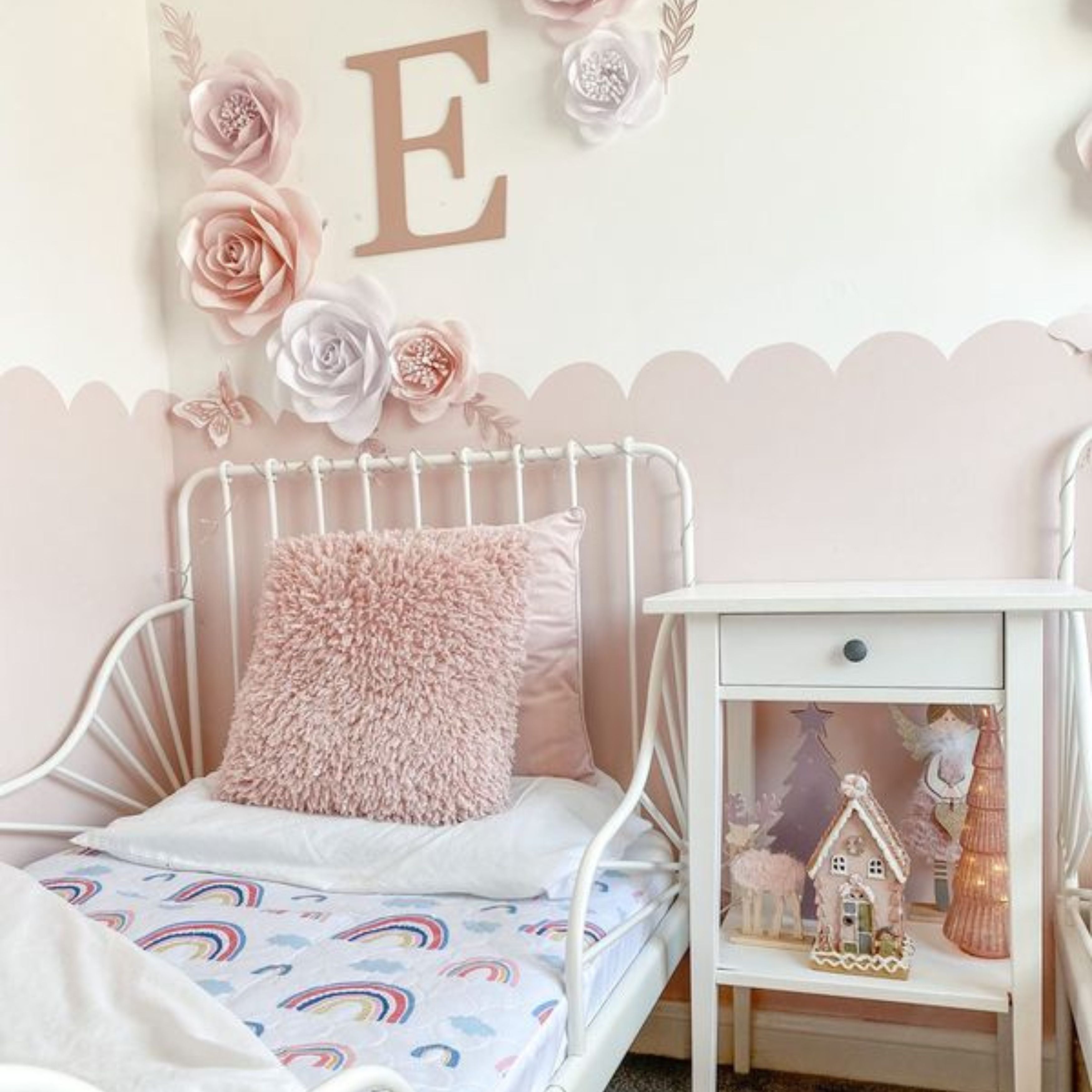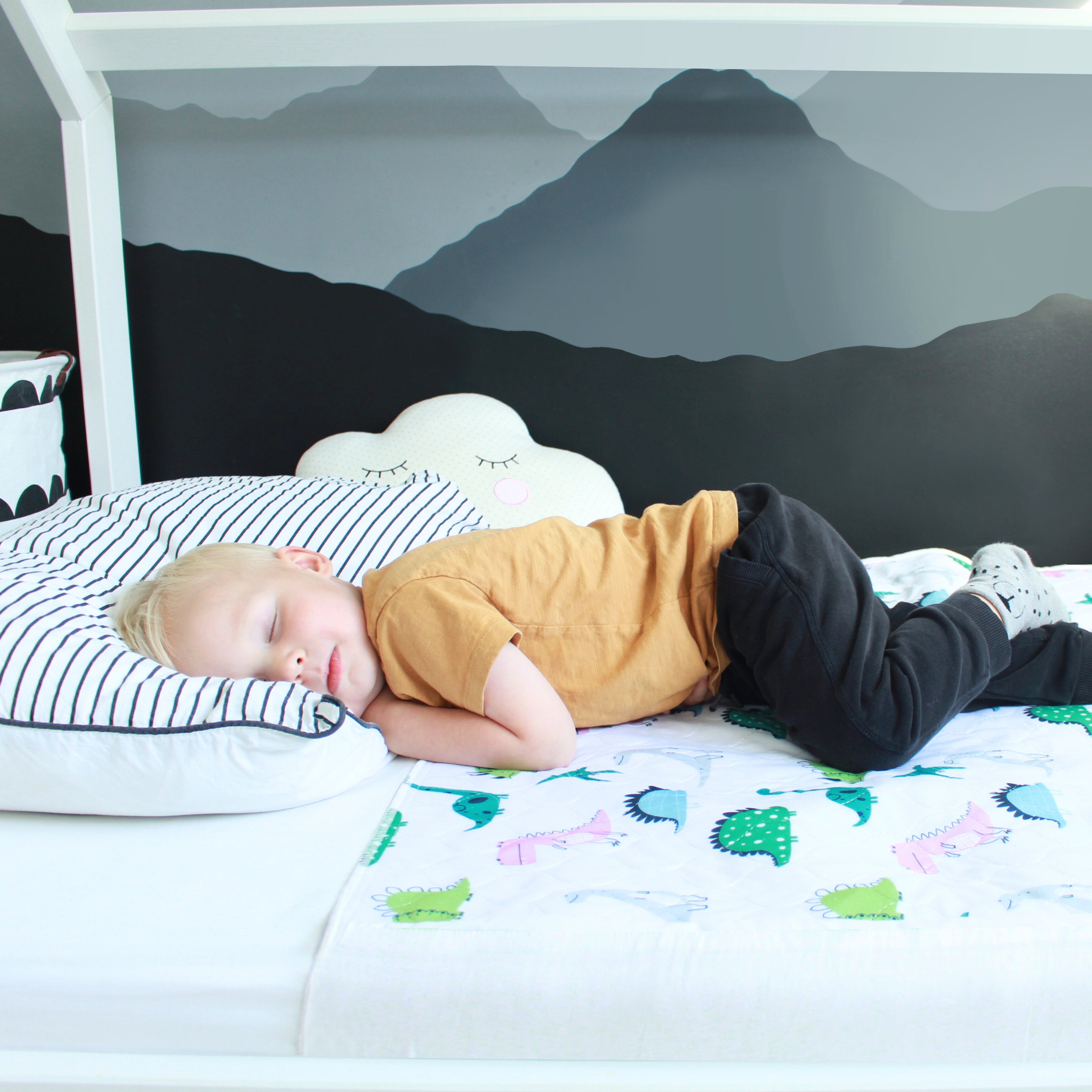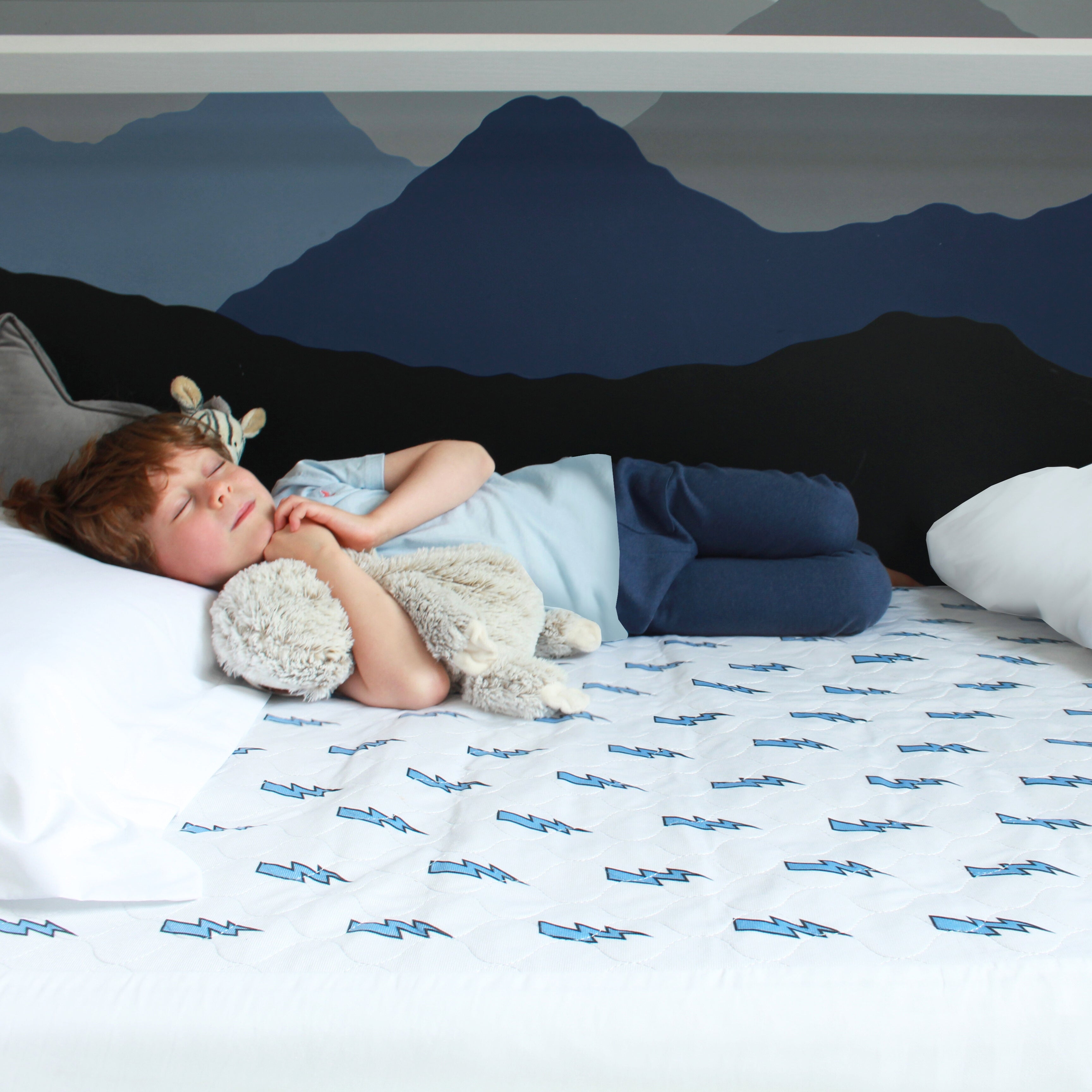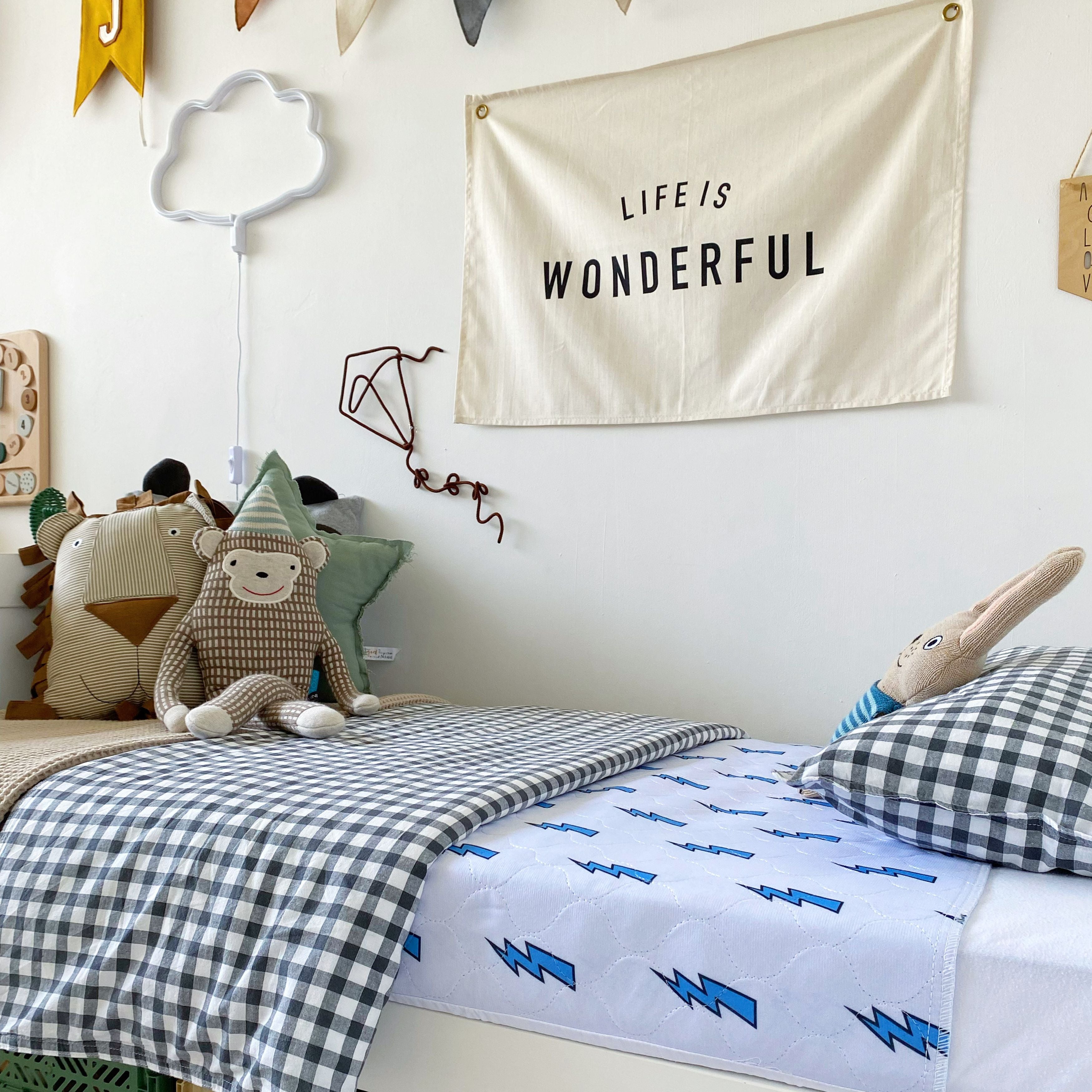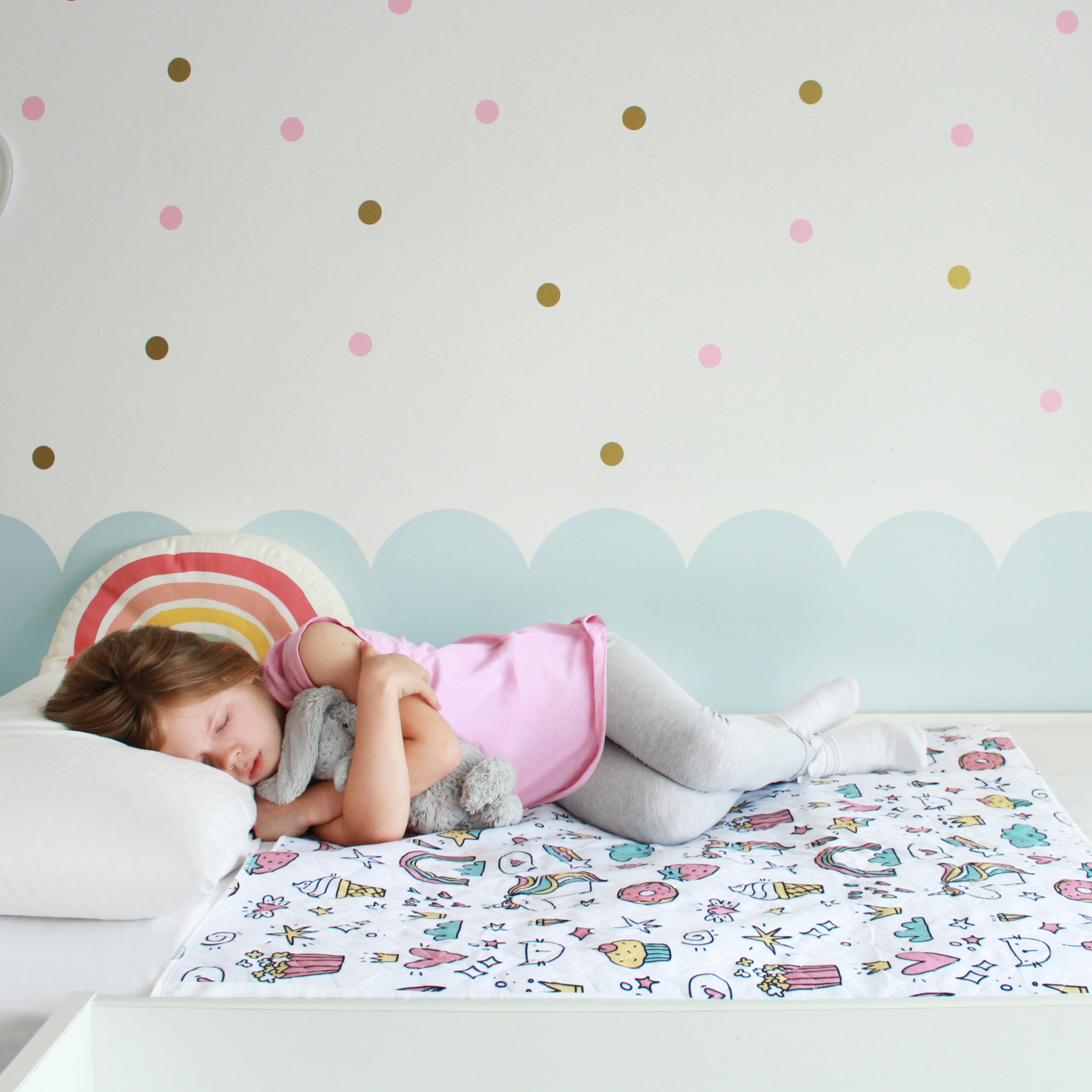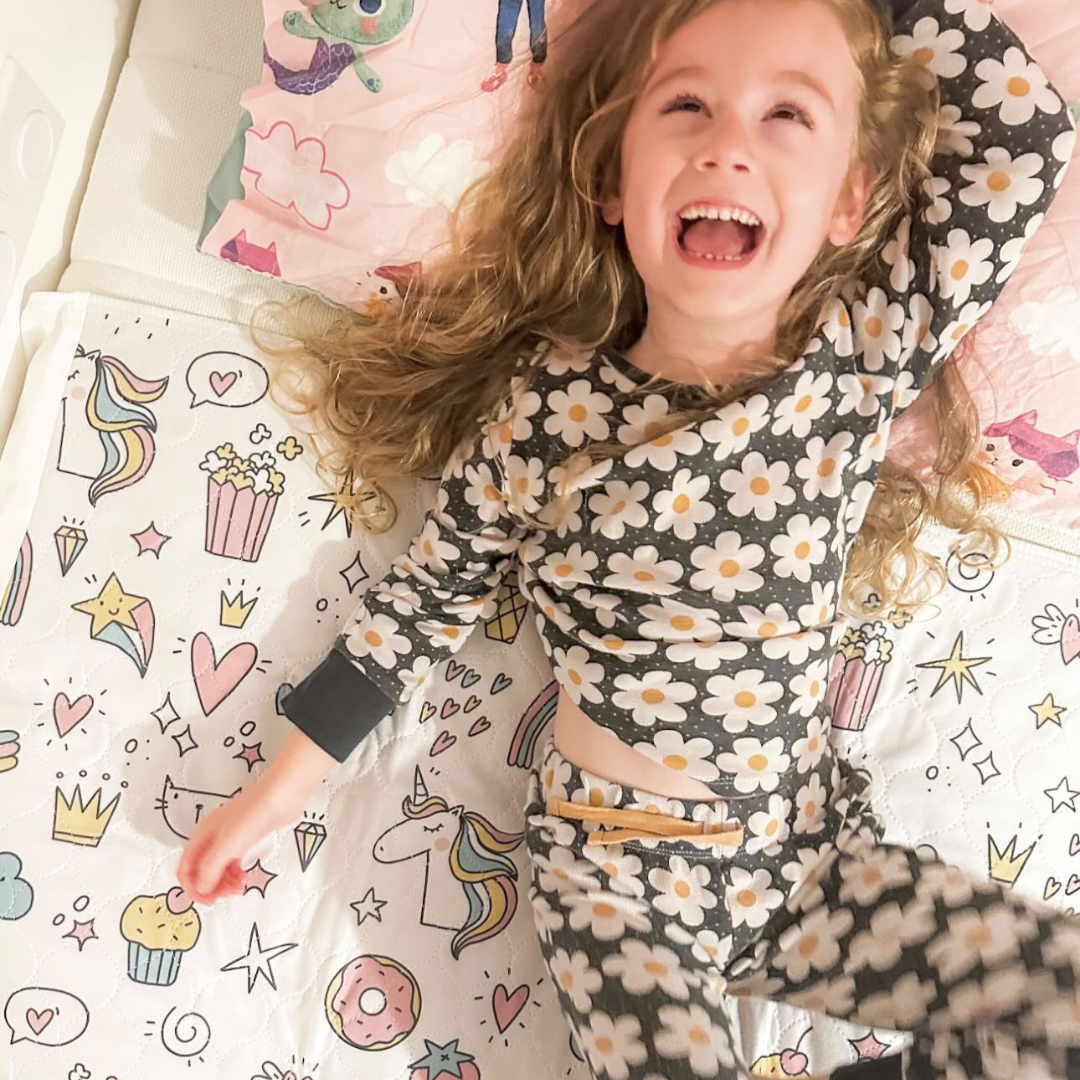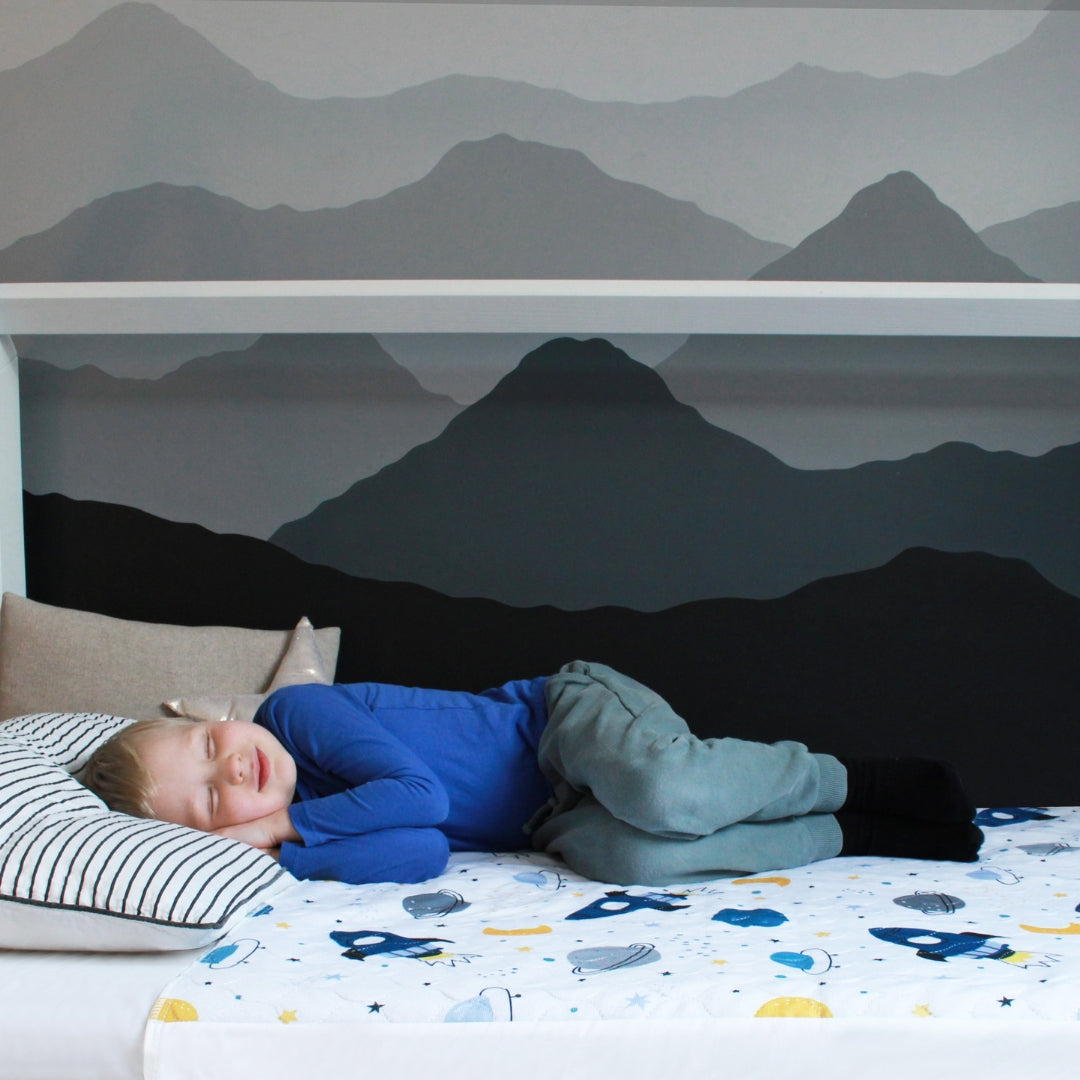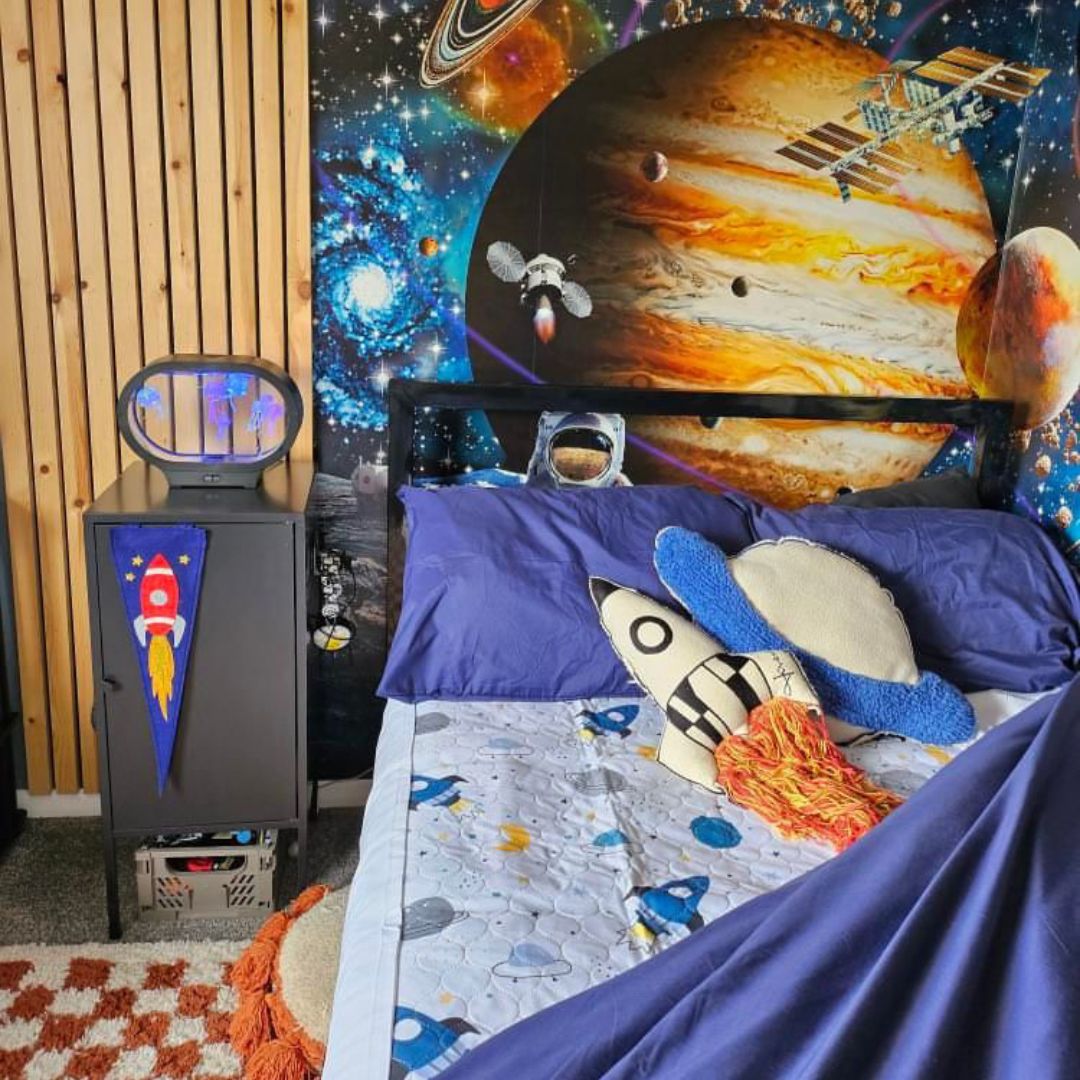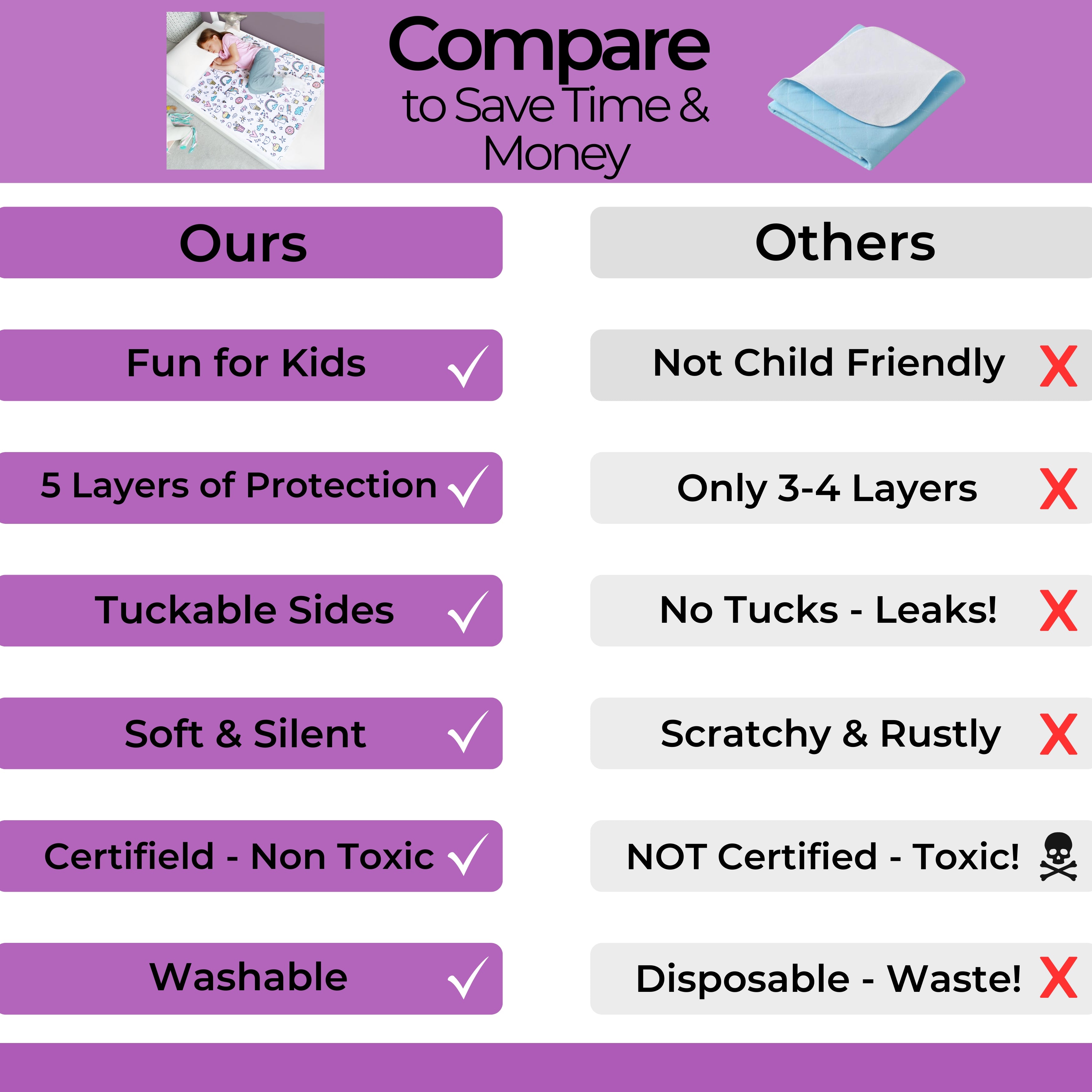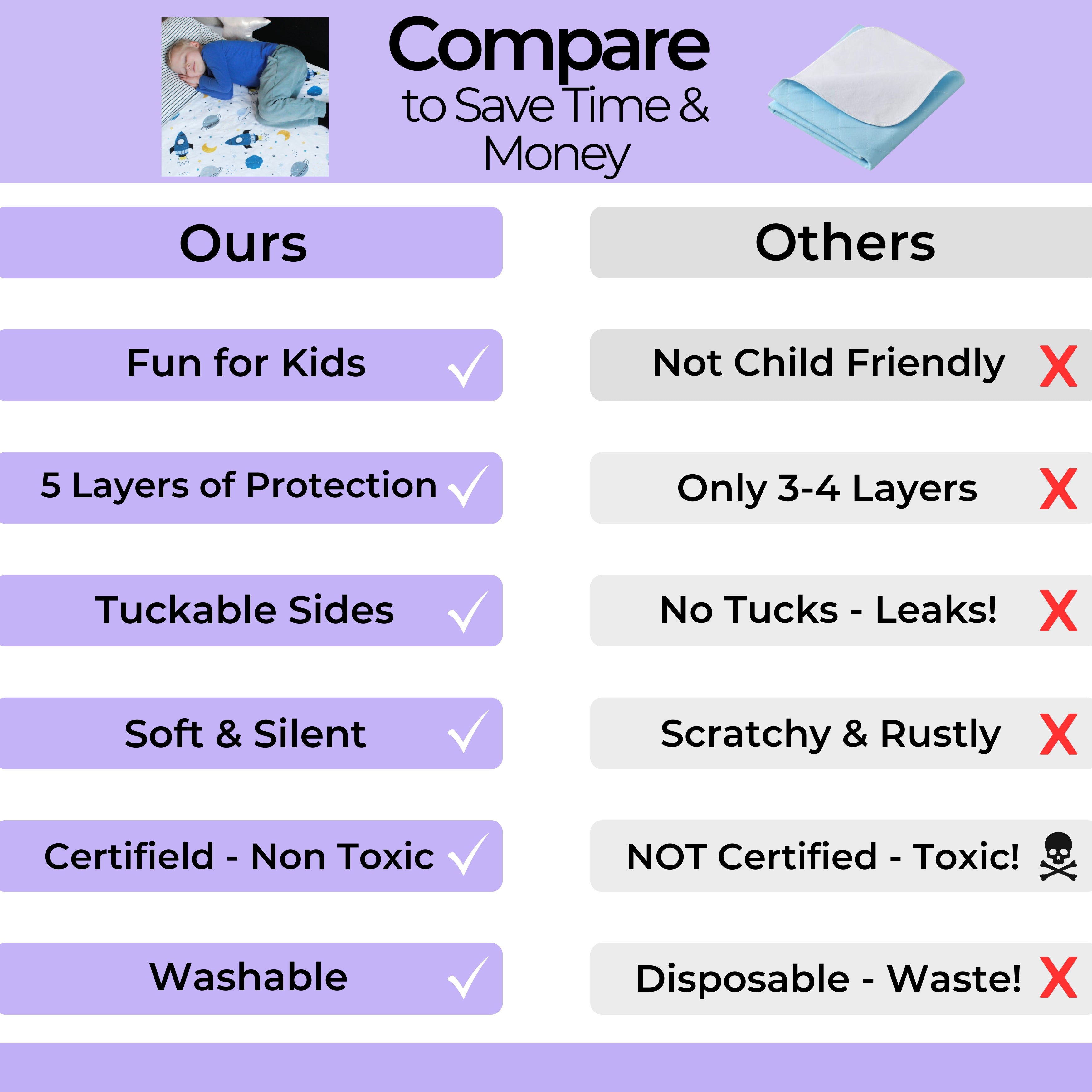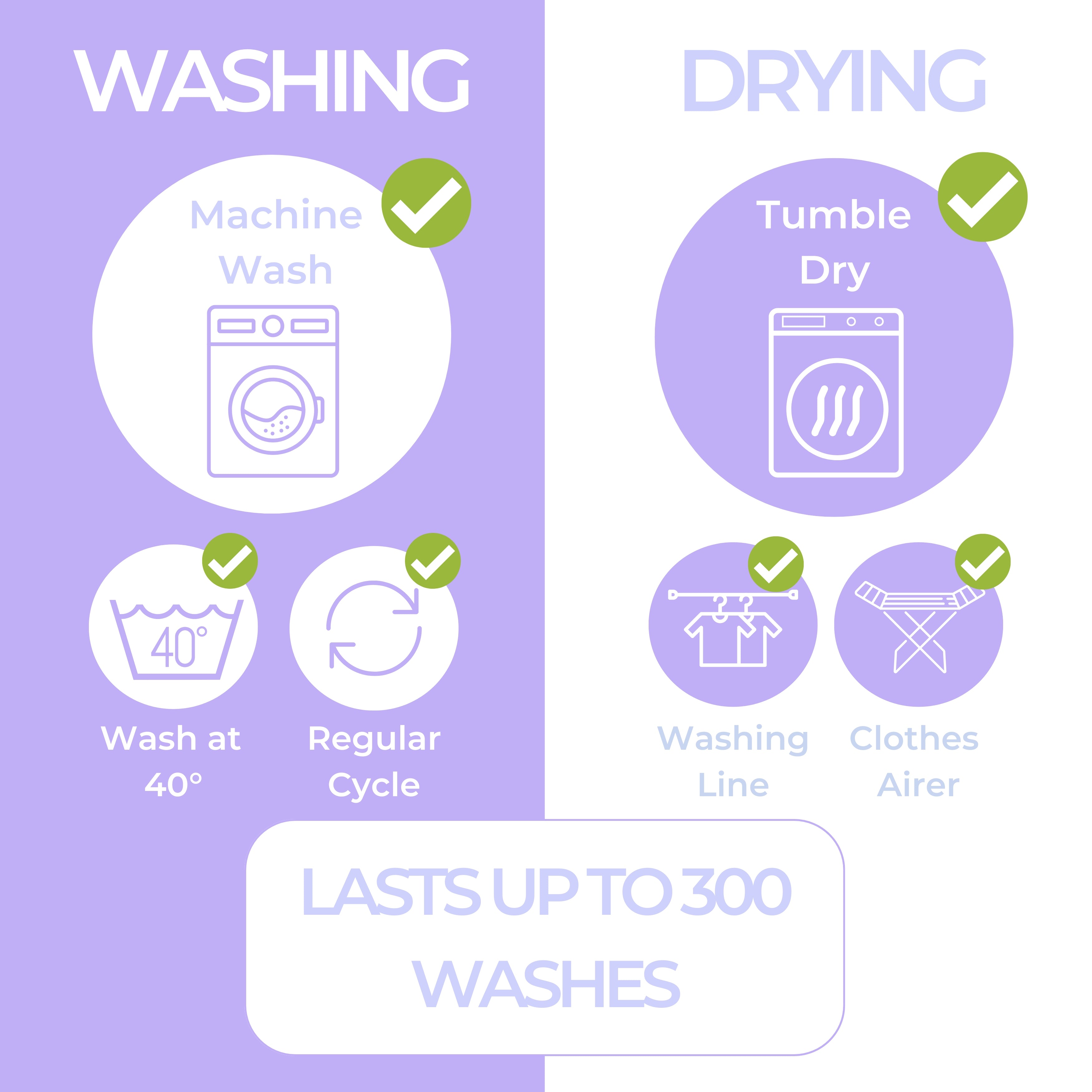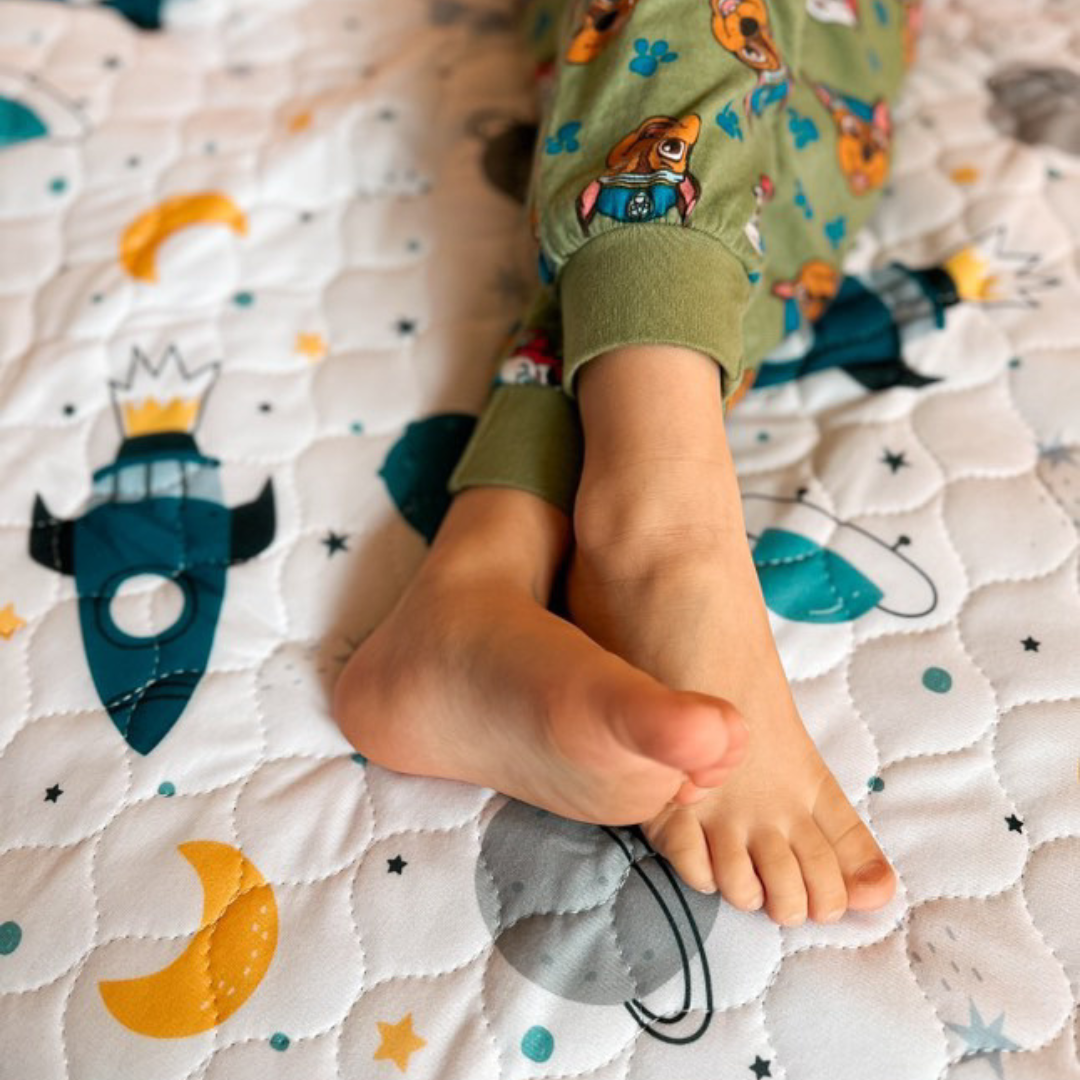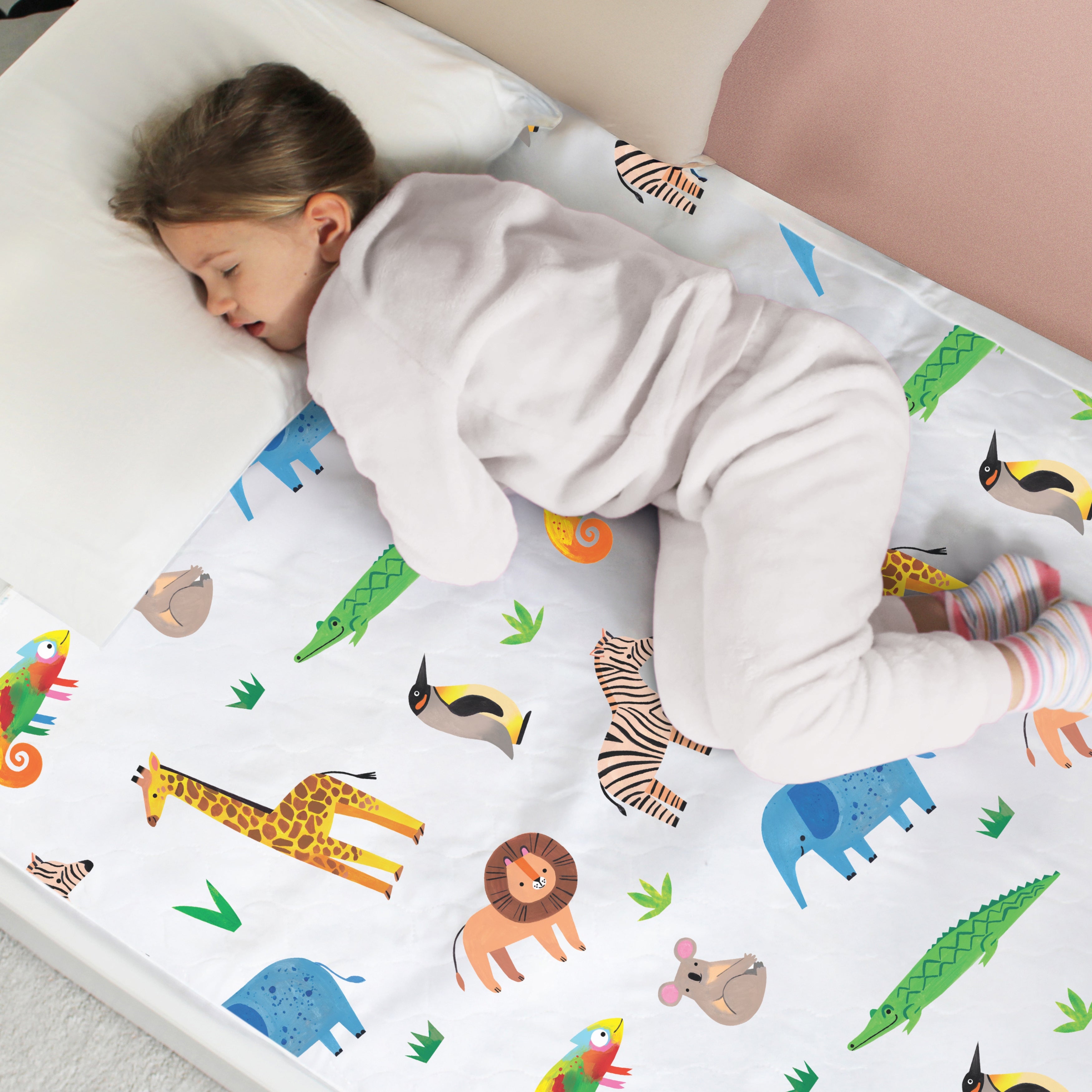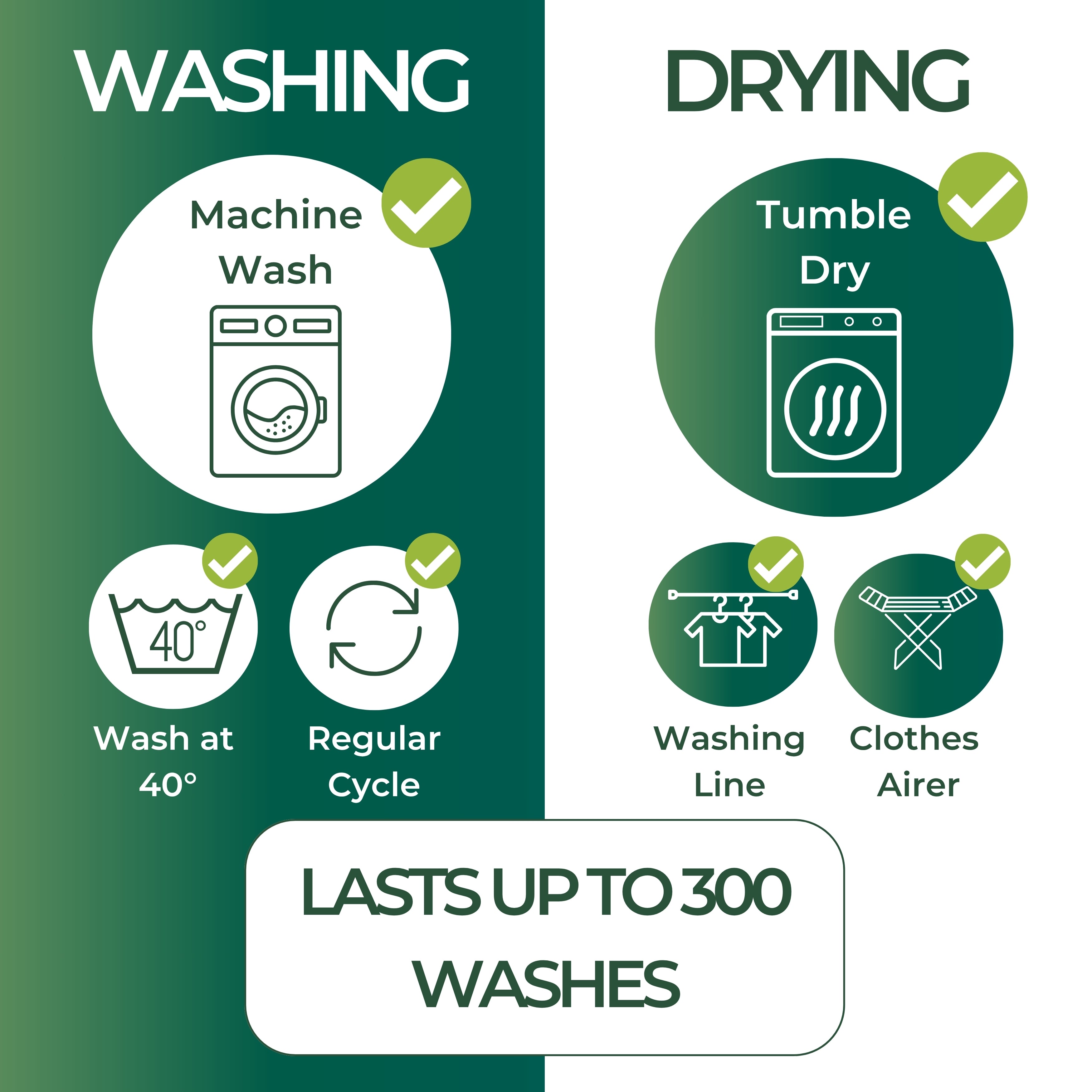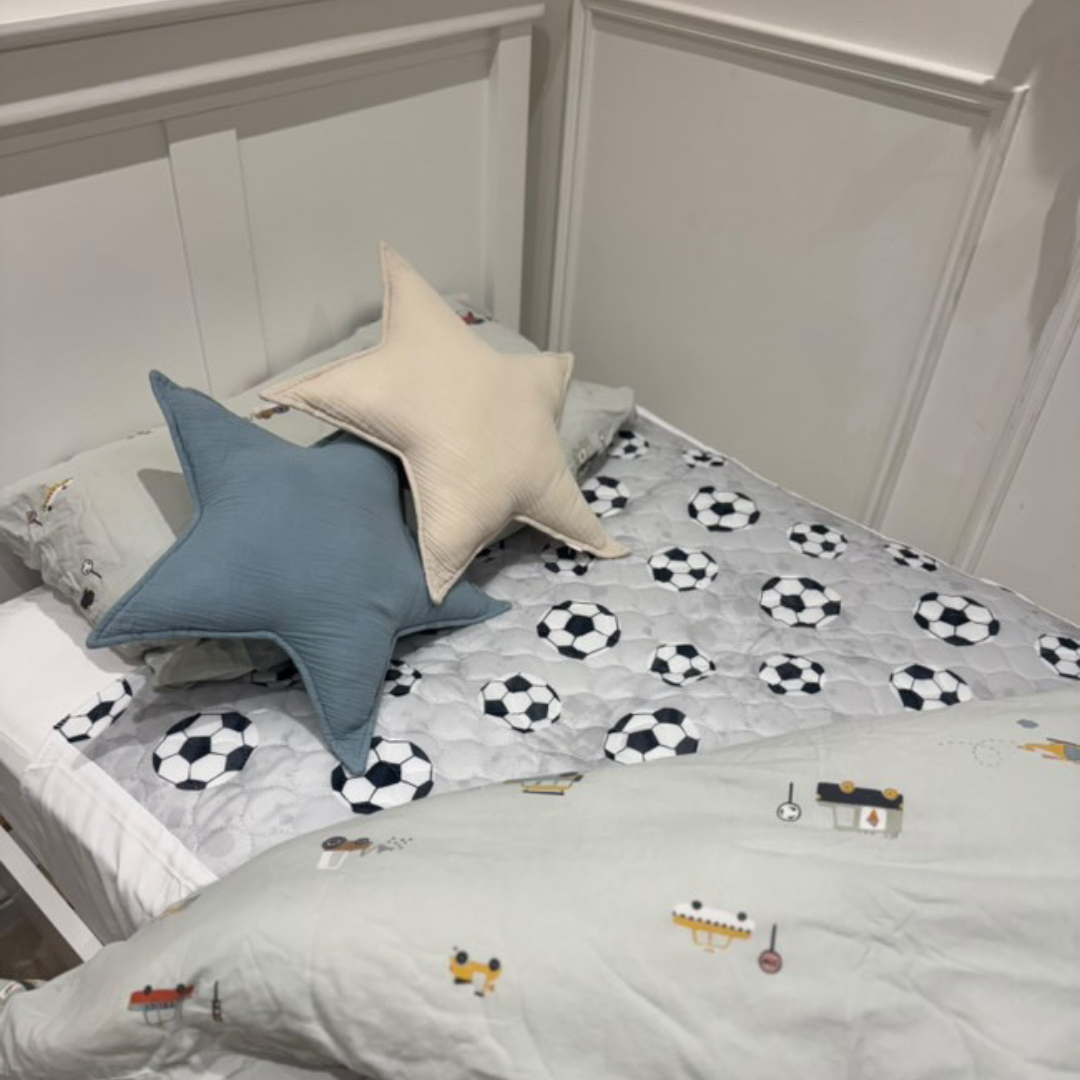Nighttime potty training is a significant milestone in a child's development, but determining the right age to start can be challenging for many parents. While daytime potty training usually begins around age two to three, nighttime potty training requires a different level of physical readiness. In this article, we'll explore the factors to consider and the best age to commence nighttime potty training for your little one.
1. Daytime Dryness Consistency
Before starting nighttime potty training, it's essential to ensure that your child consistently stays dry during the day. Daytime dryness indicates that they have gained control over their bladder and are more likely to be ready for night training. If your child consistently wakes up from naps or through the day with a dry nappy for several weeks, it could be a sign of readiness.
2. Age and Developmental Readiness
While daytime potty training can begin around the age of two, nighttime potty training typically starts later. Most children achieve nighttime bladder control between the ages of three and five. However, it's essential to remember that every child is unique, and readiness may vary. Some children might be ready earlier, while others may require more time.
3. Bladder Capacity
One of the crucial factors in nighttime potty training is your child's bladder capacity. Nighttime dryness depends on their ability to hold urine for an extended period while sleeping. Children with smaller bladders may take longer to achieve nighttime dryness, while those with larger bladders might progress faster.
4. Signs of Readiness
Watch for signs that your child is ready for nighttime potty training. These signs include waking up dry after naps, expressing discomfort with soiled nappies, or showing interest in using the potty before bedtime. If your child begins to recognise the sensation of a full bladder and communicates their need to use the bathroom, it's a positive indication of readiness.
5. Bedtime Routine
Establishing a consistent bedtime routine can aid in the nighttime potty training process. Encourage your child to use the potty before bedtime to empty their bladder. Limiting their liquid intake in the evening can also help reduce the chances of nighttime accidents. Our nighttime potty training children's story "Keeping Bed Dry" is perfect for explaining nighttime potty training to children and establishing good routines to prepare for ditching the pull-ups.
6. Gradual Approach
Nighttime potty training should be approached gradually and with patience. It's essential to manage expectations and understand that accidents may happen during the process. Using waterproof mattress protectors and investing in absorbent bedtime underwear can provide added support and comfort during this transition.
7. Avoiding Pressure
Avoid putting unnecessary pressure on your child to achieve nighttime dryness. Every child progresses at their own pace, and pressuring them may lead to stress and setbacks. Offer praise and encouragement for small successes and be supportive throughout the journey.
Conclusion
Nighttime potty training is a significant milestone that requires physical readiness and developmental maturity. While some children may be ready as early as three years old, others may take longer to achieve nighttime dryness. As a parent, it's crucial to observe your child's cues, remain patient, and create a positive and supportive environment during this transition.
Remember that each child is unique, and comparing their progress to others may not be productive. Focus on the signs of readiness and gradually introduce nighttime potty training into their routine. With time, patience, and encouragement, your child will achieve nighttime dryness and take another step towards independence. Happy nighttime potty training!
Take care,
Catherine x

